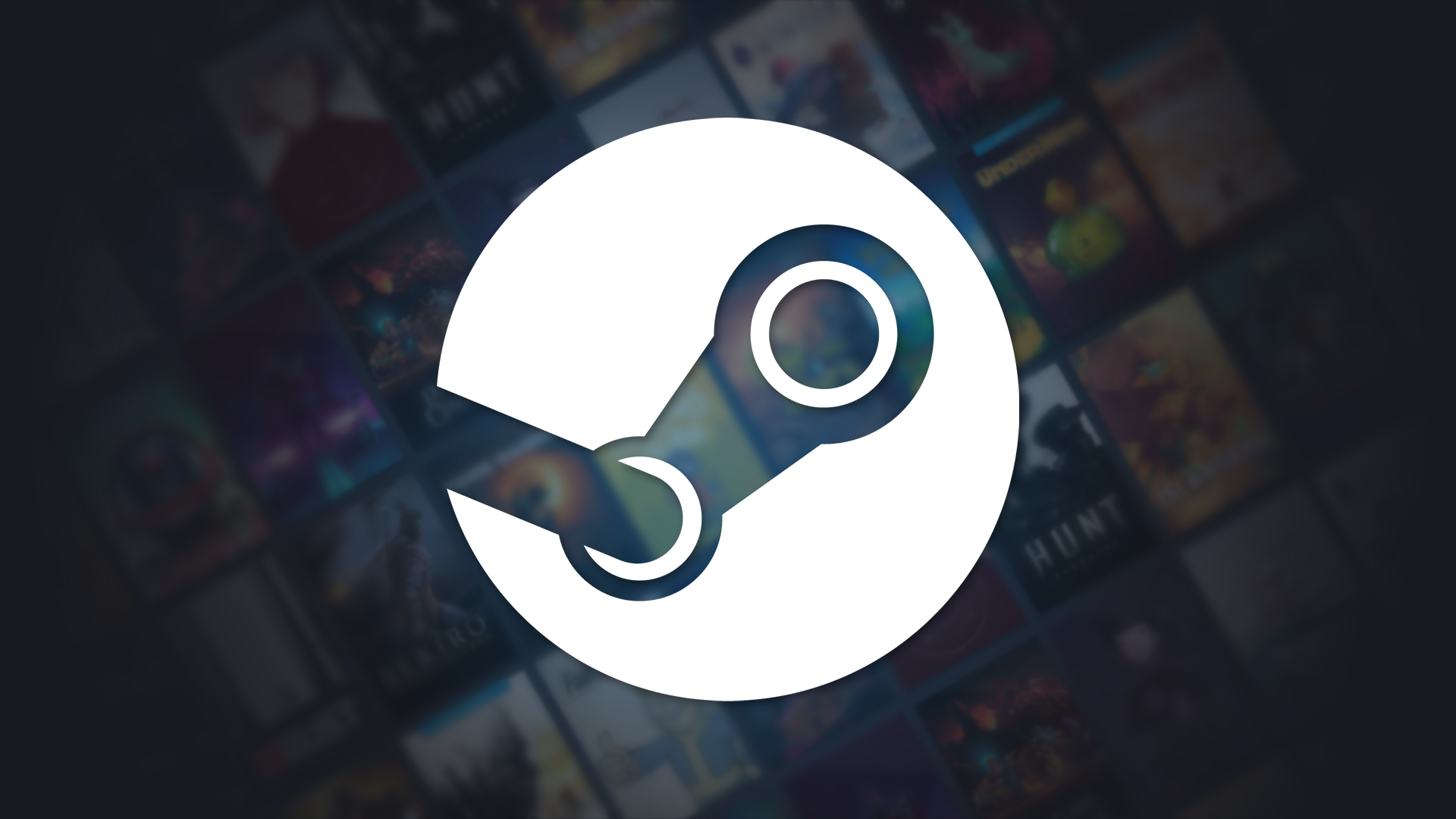Valve has officially announced that Steam will end support for 32-bit versions of Windows on January 1, 2026. While this may sound like a seismic shift for retro gamers or users clinging to older hardware, the reality is far more nuanced—and frankly, overdue.
Let’s unpack the facts, the tech behind the decision, and why this move reflects broader trends in software evolution and platform governance.
Why Is Steam Dropping 32-Bit Support?
- Only 0.01% of Steam users still run 32-bit Windows 10—a statistical rounding error.
- Modern Steam features rely on 64-bit system drivers and libraries, which are no longer maintained for 32-bit platforms.
- Embedded web runtimes like Chromium/CEF, used in Steam’s storefront and overlays, are increasingly 64-bit only.
- Anti-cheat, DRM, and kernel-level modules are tested and optimized for 64-bit systems, making dual support costly and risky.
- Microsoft itself will end support for Windows 10 (including 32-bit editions) on October 14, 2025, further eroding the security and compatibility landscape.
In short: maintaining 32-bit support is a resource drain with diminishing returns. Valve is reallocating its engineering and QA bandwidth toward platforms that actually reflect its user base.
🧮 32-Bit vs. 64-Bit: What’s the Real Difference?
Let’s break it down for those who still wonder why this matters:
| Feature | 32-Bit Systems | 64-Bit Systems |
|---|---|---|
| Memory Access | Max ~4GB RAM | Up to 18.4 million TB (theoretical) |
| Processing Power | Limited registers and instructions | Expanded instruction set, faster ops |
| Software Compatibility | Can’t run 64-bit apps | Can run both 32-bit and 64-bit apps |
| Security & Drivers | Legacy support, fewer updates | Actively maintained, modern standards |
| Gaming Performance | Bottlenecks in modern titles | Optimized for high-performance gaming |
The “bit” refers to how much data a CPU can process at once. A 64-bit processor can handle vastly more data, memory, and instructions, making it essential for modern gaming, streaming, and multitasking.
What Happens to 32-Bit Games?
Good news: Steam will still allow 32-bit games to run on 64-bit systems. This means your retro favorites won’t vanish overnight. However, if you’re running a 32-bit OS, the Steam client itself will:
- Stop receiving updates, including security patches.
- Lose technical support from Valve.
- Risk future incompatibility as Steam evolves.
🧭 What Should Legacy Users Do?
If you’re one of the few still using a 32-bit Windows machine, here’s your roadmap:
- Upgrade to a 64-bit version of Windows 10 or 11.
- Check your hardware compatibility—most CPUs from the last 15 years support 64-bit.
- Back up your Steam library and settings.
- Consider dual-boot setups if you’re preserving legacy software or games.
Steam’s decision isn’t a betrayal of legacy users—it’s a reflection of where the ecosystem stands. Supporting 32-bit systems in 2025 is like designing Blu-ray discs for VHS players. It’s noble, but impractical.
For creators, modders, and community builders, this is a moment to educate, preserve, and evolve. Archive your favorites, document your setups, and help others transition. Legacy isn’t about clinging to the past—it’s about honoring it while embracing the future.
TL;DR
- Steam ends 32-bit Windows support on Jan 1, 2026.
- Only 0.01% of users are affected.
- 64-bit systems offer better performance, security, and compatibility.
- 32-bit games will still run on 64-bit OS.
- Upgrade now to stay secure and supported.

